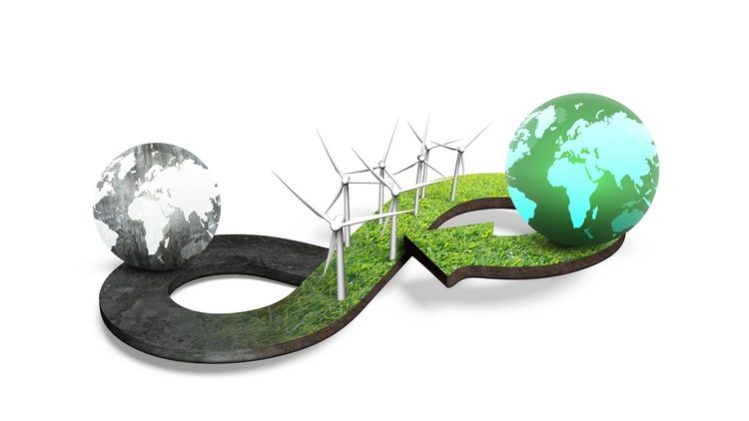
Explores where materials come from, and builds a rationale for why society needs more circularity.
circular business models are explored in-depth and a range of ways for business to create economic and social value are discussed
Understand about functional materials and eco-design as well as methods to assess environmental impacts.
Understand and explores the role of governments and networks and how policies and sharing best practices can enable the circular economy.
Examines new norms, forms of engagement, social systems, and institutions, needed by the circular economy.
Learn how we, as individuals, can help society become more circular.
This course looks at where important materials in products we use every day come from and how these materials can be used more efficiently, longer, and in closed loops. This is the aim of the Circular Economy, but it doesn’t happen on its own. It is the result of choices and strategies by suppliers, designers, businesses, policymakers, and all of us as consumers.
In addition to providing many cases of managing materials for sustainability, the course also teaches skills and tools for analyzing circular business models and promotes the development of your own ideas to become more involved in the transition to a Circular Economy.
You will learn from expert researchers and practitioners from around Europe as they explain core elements and challenges in the transition to a circular economy over the course of 5 modules:
Module 1 – Learning Objectives
- Explain concepts related to circular economy definitions, extraction and processing of minerals, material value chains, and criticality
- Describe the need for and key processes involved in mining and how to mine more sustainably
- Understand the complexity of governance in global value chains and the concept of criticality for materials
- Discuss the need and rationale for a circular economy transition
Module 2 – Learning Objectives
- Explain the circular economy strategies of ‘closing loops’, ‘slowing loops’ and ‘narrowing loops’
- Identify examples of circular business model concepts and strategies
- Discuss drivers and barriers for circular business models through a PESTEL framework
- Apply an analytical framework to analyze a circular business model (assignment)
Module 3 – Learning Objectives
- Describe different ecodesign strategies
- Give examples of material innovations
- Explain how environmental and other impacts can be assessed through methods such as life cycle assessment and resource efficiency indicators
- Critically assess the impact of circular business models (assignment)
Module 4 – Learning Objectives
- Discuss the historical approaches to material scarcity and waste policies
- Describe current and proposed EU circular policy approaches
- Explain the importance of networks for a Circular Economy and give examples
- Apply a partial PESTEL analysis to explain the influence of policies (assignment)
- Suggest additional strategies to further circularise business models (assignment)
Module 5 – Learning Objectives
- Discuss the benefits of a circular economy for society
- Explain the concept of environmental footprint and how it can be used
- Critically reflect on key issues such as conflict minerals, e-waste, and property rights
- Explain how sharing and repairing contribute to a Circular Economy
- Develop your own ideas to contribute towards a Circular Economy





